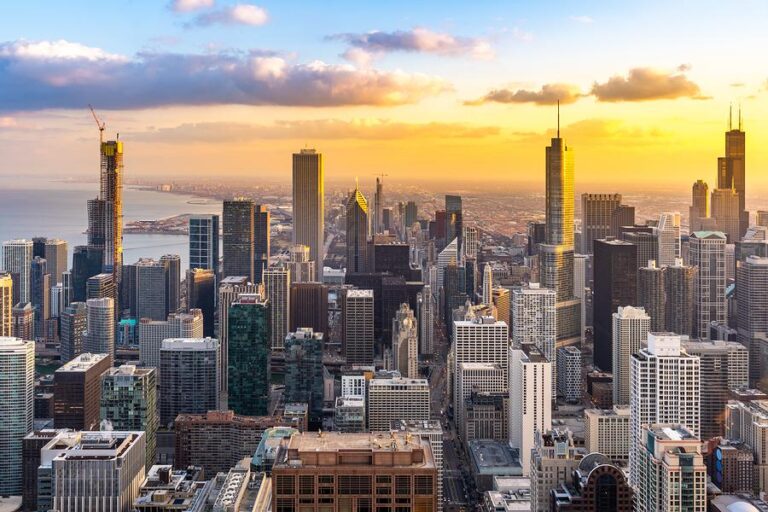

Investment in opportunity zones is just getting warmed up, but significant tax incentives end on December 31, 2019. The deadline puts excessive pressure on investors because the IRS didn’t issue full guidance on the program until well into 2019. The most creative and innovative projects take time to develop, and investors need time to find them. Extending the program another year would give investors the time they need to identify and evaluate potential deals and invest only in high-quality ones.
Although the opportunity zone program doesn’t end until 2026, the tax incentives begin to taper off at the end of 2019 and again in 2021. 2019’s close spells the end of a five-percent reduction on deferred capital gains invested in opportunity zone funds. Ending the five-percent incentive early means that investors will likely direct less capital toward the underserved areas the program is designed to help.
There is always risk involved in investment deals, whether they are in real estate or businesses—both are targets of opportunity zone funds. That risk is why it takes startups at least 12 months to get seed funding and another 12 to 18 months to get a second round of funding. A longer investment timeline helps mitigate some of the risks of doing a deal.
Opportunity zones are areas that investors have already avoided. A deal that goes bad in an underserved area can further reduce the potential for future investment—the bad deal gives the area a reputation for failed investments. That’s exactly the opposite of what the program intends.
In this scenario, a bad deal would be worse than no deal. More time for due diligence on the front end helps mitigate the risk for both investors and the distressed area. Think again about the timing of startup funding. The current situation with opportunity zone funds is asking investors to make risky decisions in less than 12 months. If we want to see the program be more successful, an extension of the December 31, 2026 date would be prudent.
The reach of the opportunity zone tax incentives is huge compared to past similar programs such as empowerment zones or enterprise zones. There are more than 8,000 opportunity zones across the country. After more than 30 years when the programs ended, there were only about 200 empowerment zones and enterprise zones.[1]
The potential of opportunity zones also outstrips the earlier programs. Initial interest and investments have been in real estate, but funds can invest in qualified businesses as well. Business projects as diverse as renewable energy, eliminating toxic waste, tech startups, and charter schools can provide substantial returns to investors who look to benefit from the tax incentives.[2] These kinds of projects create jobs and long-term returns for both investors and communities.
American Ventures’ expertise in real estate development led us to a mixed-use development located in Waco’s only opportunity zone, five minutes west of Waco University and 1 ½ blocks west of Chip and Joanna Gaines’s Magnolia Market in downtown Waco, Texas. By the time the project is fully developed, it will have nearly 170 multifamily units and more than 12,000 square feet of retail space. It was the opportunity zone incentives that made the Waco real estate market an investment destination for us.
McKinsey points out that state and local governments can work with communities and investors to realize the best that opportunity zones have to offer.[3] They suggest strategies for all the players to pursue a public-private partnership model. The key ideas are engineering investments that impact whole communities, not just targeted areas, and helping communities develop detailed prospectuses for projects—again, think startup funding rounds. You need to develop a great business plan and a great pitch. It’s a process that takes time. But time, as always, is scarce.
I believe qualified opportunity zones is one of the most innovative programs the Trump administration created. At a minimum, the administration should find ways to extend the tax incentives that end on December 31 for at least another year.
After assessing the direct impact of the program over the next few years—I expect to find positive results—the government should find ways to garner bipartisan support to extend the program beyond 2026. If the incentives start to disappear as planned, the most creative and innovative projects—the projects that will create jobs to complement real estate development and have the biggest benefit for distressed communities—may never materialize.
The best way to realize the promise of opportunity zones is to extend the program beyond 2026.
[1] Kathryn Tokle, “Opportunity Zones’ Biggest Myths,” Forbes.com May, 29, 2019. https://www.forbes.com/sites/sorensonimpact/2019/05/29/opportunity-zones-biggest-myths/
[2] Sorenson Impact, “The Promise of Opportunity Zones Is in Reach,” Forbes, December 3, 2019, https://www.forbes.com/sites/sorensonimpact/2019/12/03/the-promise-of-opportunity-zones-is-in-reach/#1a5b37d23f35.
[3] JP Julien, Mike Kerlin, Ben Safran, and Rachel Schaff, “Making the Most of US Opportunity Zones,” McKinsey & Company, April 2019, https://www.mckinsey.com/industries/public-sector/our-insights/making-the-most-of-us-opportunity-zones. The National League of Cities has already created an information source that helps cities learn how they can benefit from opportunity zone incentives. https://www.nlc.org/program-initiative/opportunity-zones
Author
Shravan Parsi
CEO & Founder | American Ventures
